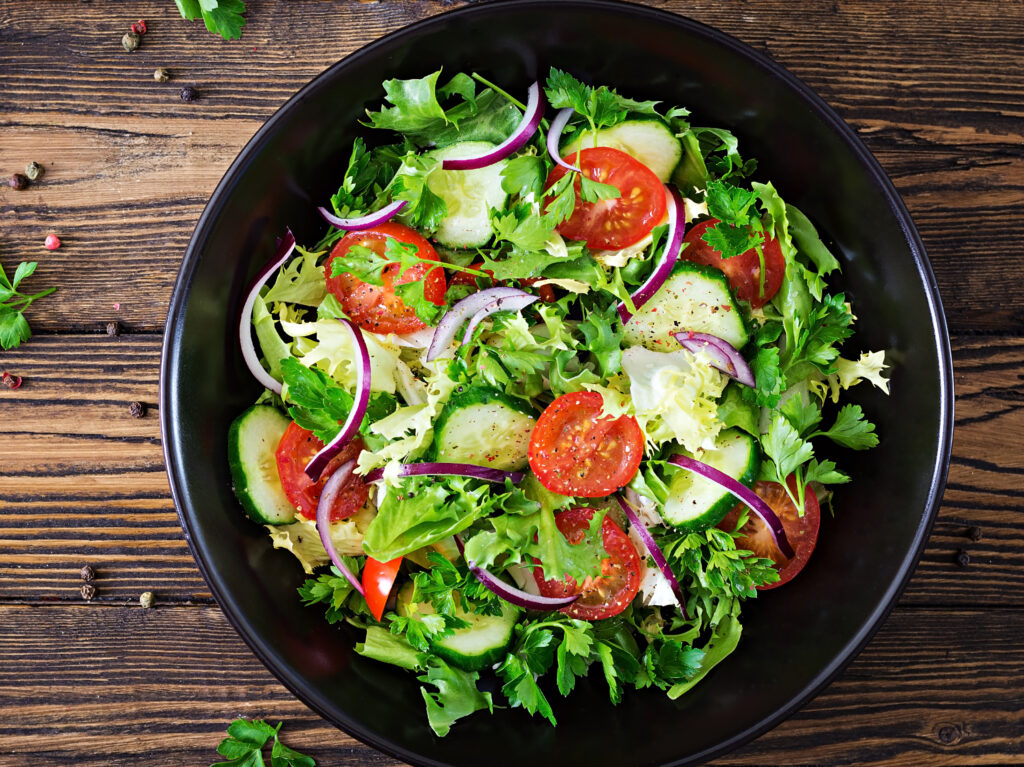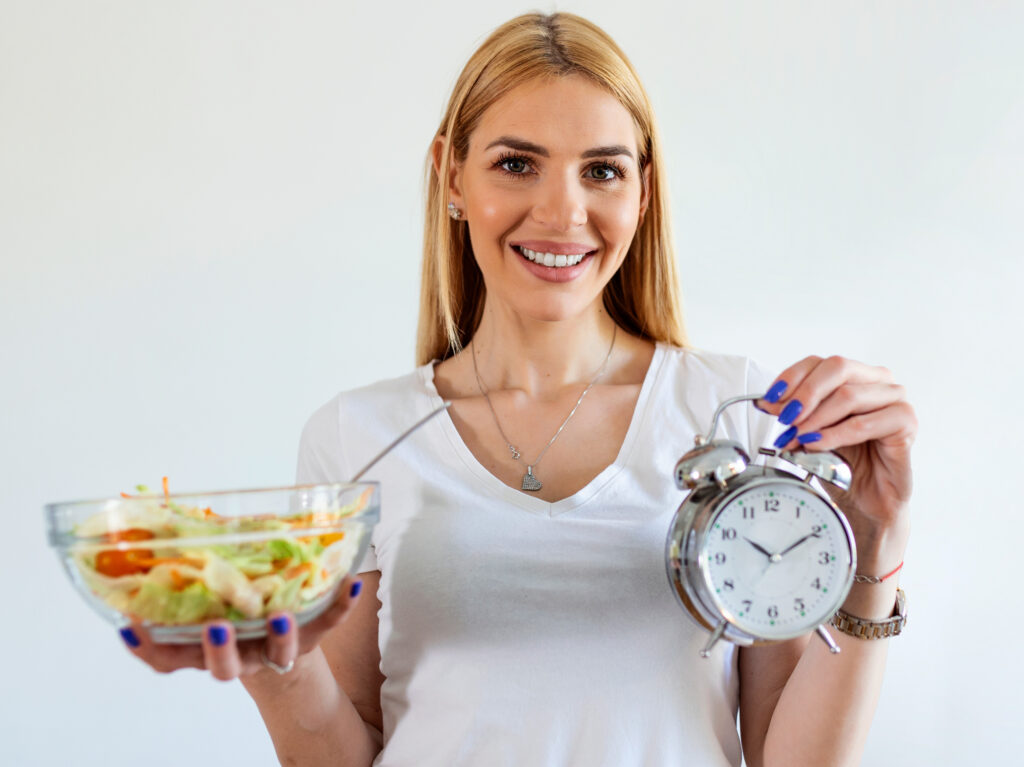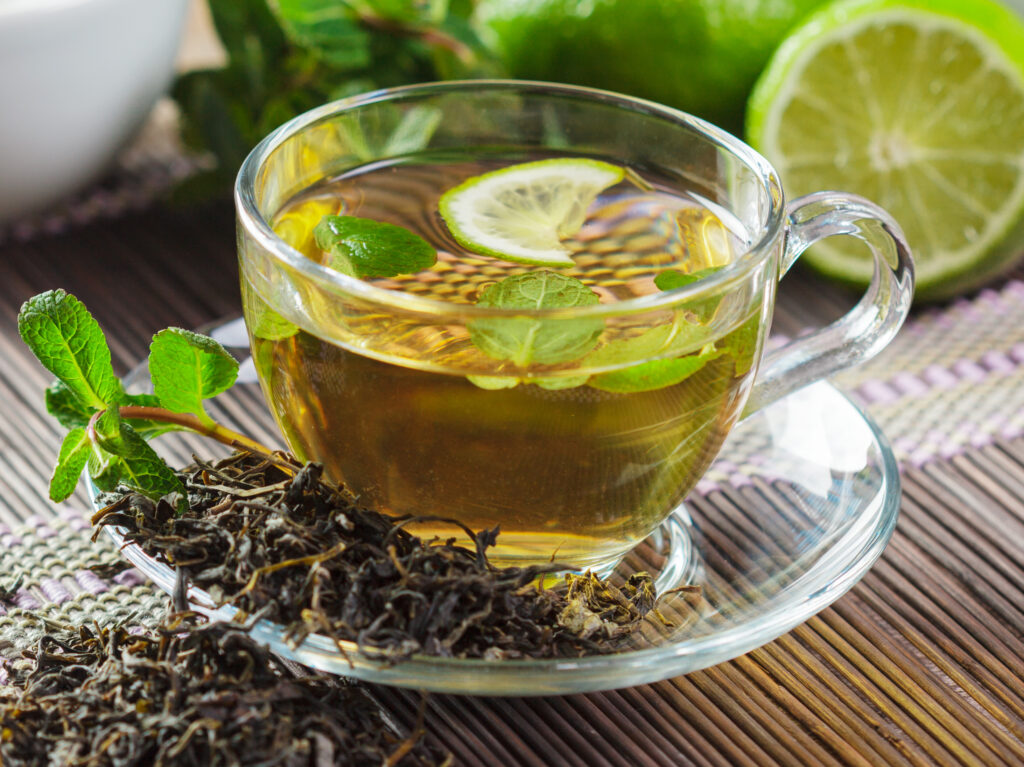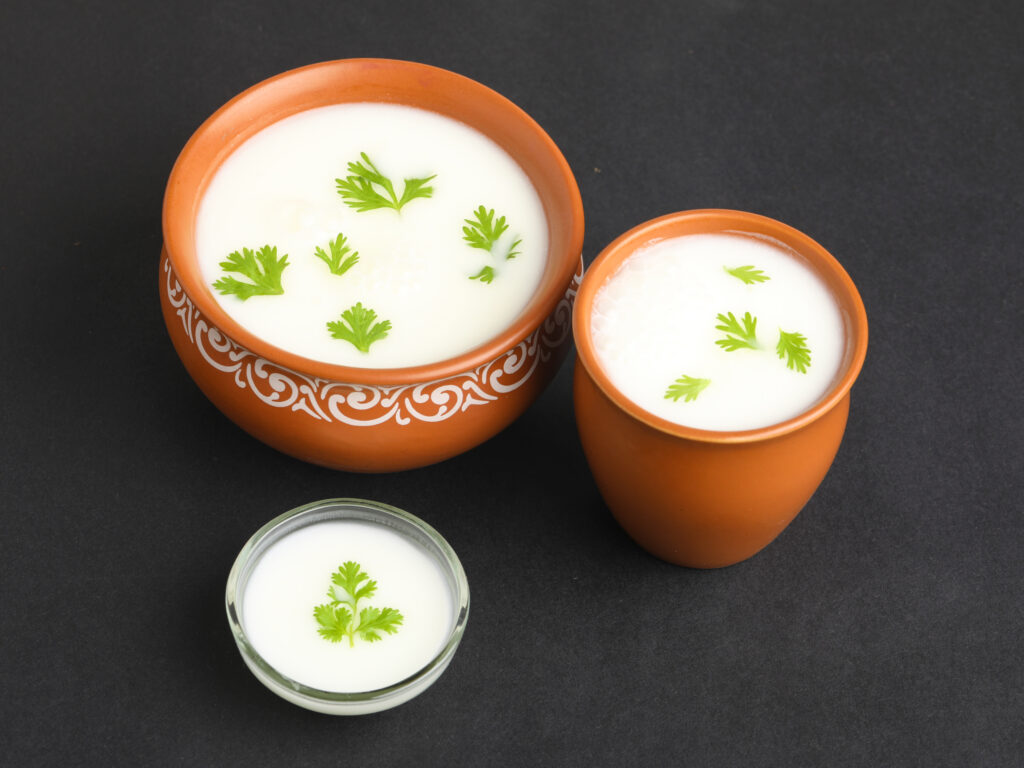Lack of respect is the main reason why many relationships fail. If you don’t respect your partner, you may feel that you cannot be yourself around them, or that you don’t have to try to be a good and loving partner. Without mutual respect, it is difficult for a relationship to succeed long term. Respect also makes your partner feel valued. Your partner will feel better about themselves and happier in the relationship if they know that you respect them for their individual qualities and talents.
Knowing that your partner respects you will help you believe in yourself and feel better about yourself. You will also be able to trust your partner more deeply, which can help you to build a stronger bond between you.
If your partner respects you, it will make it easier for you to be open and honest with one another, which means that both of you can express your true feelings and needs without fear of being judged or criticized negatively by each other.
Different ways you can show respect to your partner.
- Respect their feelings
- Respect as an individual
- Respect as they are.
What is respect?
Respect means that you accept somebody as they are, even when they’re different from you or even when you disagree with them. Respecting your relationships builds feelings of trust, safety, and wellbeing. Respect doesn’t come to you naturally – it is something you learn over a lifetime.
Reasons why respect is important to have a healthy relationship
- It strengthens communication.
One way to show respect for others is by listening to what they say and being open-minded about their opinions, ideas, and beliefs. You may not always agree with them, but you can still try to understand where they are coming from. When you listen carefully, you can learn new ideas and ways of looking at things which can be helpful in your life as well as help you understand others better.
- It helps you to take good decisions.
Respect is essential for you to be able to have a healthy relationship. These days, the first thing that comes to your mind when you think of respect is its absence in relationships. But in reality, it is the fundamental aspect of any relationship. Respect gives you the power to treat others with dignity and should be present in any kind of relationship. Lack of respect in a relationship can lead to resentment, anger, and even hatred towards your partner and disappointments.
- Respect depicts love and affection.

When you respect your partner, you show that you care about their needs and wants. You want them to be happy so that you can be happy too.
- You will learn to be patient
Respect also creates an environment where your partner can express their needs without fear that you will make fun of them or dismiss their concerns. This will help them grow as a person and also make your relationship much stronger.
Having respect also allows you to accept your partner for who they are and not try to change them into someone else. You will learn to be patient with your partner and accept that they have a different way of thinking than yourself, which can only improve your relationship.
- You will learn to think about others.
When you show respect to others, you show your honor and appreciation for them as individuals who deserve to be treated with kindness, dignity, and consideration. You are also showing that you value yourself enough to respect your boundaries and values – that you won’t put up with people who mistreat you or disrespect you in any way.
- It will improve sex life
Respect is the cornerstone of a happy partnership. Without it, your relationships can become controlling and abusive. If you don’t respect your partner, why are you with them?
Studies have shown that the most important factor in a relationship is the level of trust between partners. To build trust, you need to be respectful so your partner knows they can feel safe with you. It’s particularly important when it comes to sex because, without respect, you can’t have consent.
- Helps in long-lasting relationships
The key to a lasting relationship is respect for each other. This is the core of a healthy relationship and the basis for everything else.
When you have respect for your partner, you acknowledge that they are their own person and that they have their own thoughts and feelings. You value them as individuals and accept that they may not always agree with you.
- You can support each other.

The most successful relationships are built on respect for each other. Respect means a feeling of deep admiration for someone admiring their abilities, qualities, or achievements. Respecting each other’s differences and points of view is also important in any relationship.
Life partners must trust each other. Mutual respect helps you support each other and work together through any challenges that may come up.
- Improves Confidence and self-esteem
People who feel respected, moreover, have confidence in themselves. They feel better about themselves. This positive emotion helps expose the person to new things and experiences. It also motivates the person to succeed at new things they try.
- Promotes truth and honesty.
When you are honest in your interactions and treat each other fairly, and with dignity, you build trust. This builds a foundation for open communication and mutual understanding. Respectful relationships are built on trust and honesty, so it’s important, to be honest when communicating with your partner.
In a healthy relationship, respect should be a two-way street: You give it, and you get it. If you feel that this isn’t happening in your relationship — if you don’t feel respected or valued by your partner — it may be time to reevaluate why you’re with them.
In the Joyscore app, you will find tips on having a long-lasting relationship and being happy with one another.
It’s free to download, so why wait? Download it today!
Download on the Appstore
Get it on Google Play












